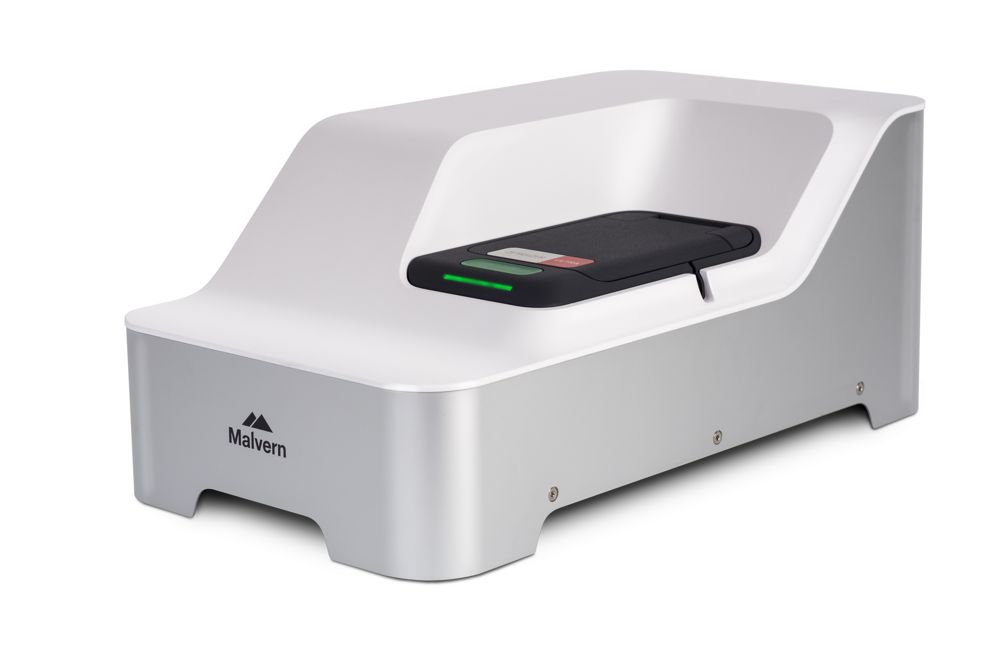
Another prominent action of HePC is the upregulation of the stress-activated protein kinase (SAPK)/c-Jun N-terminal kinase (JNK) pathway that mediates cellular stress and apoptotic signalling. PLC inhibition attenuates production of the second messengers, diacylglycerol (DAG) and inositol 1,4,5-trisphosphate (IP 3), which in turn, blocks the intracellular survival pathway involving phosphoinositide 3-kinase (PI3K)/protein kinase B (PKB) signalling ( Figure 1D). This is coupled with the inhibition of phospholipase C (PLC), another important enzyme in phospholipid-mediated signal transduction pathways.
HOW TO RESTART MALVERN ZETASIZER SOFTWARE PC
The inhibition of cytidylyltransferase is responsible for this reduced PC level ( Figure 1C). HePC primarily impedes phosphatidylcholine (PC) turnover, a chief component of the cell membrane, as well as lipid-mediated intracellular signalling pathways.


Following membrane incorporation, the metabolically active drug interferes with several critical membrane functions, importantly, phospholipid biosynthesis and phospholipid-mediated signal transduction pathways 9 ( Figure 1A and B). The structural similarity of HePC with membrane lipids facilitates its insertion into lipid bilayers. 8 Unlike classical anticancer agents, which kill tumour cells by interrupting DNA replication, HePC induces apoptosis of tumour cells by targeting the plasma membrane. Although HePC has been used as an antileishmanial agent, it has also been investigated for its promising therapeutic anticancer effects. 7 Miltefosine, also known as hexadecylphosphocholine (HePC), is a synthetic alkyl phospholipid that represents a new class of drug with antiproliferative properties against tumour cells. 2 Some of these agents include docetaxel, 3 irinotecan, 4 doxorubicin, 5 methotrexate, 6 and miltefosine.

Thus, novel anticancer agents have been loaded into various nanocarriers to inhibit tumour cell proliferation and tumour progression. 1 The hallmarks of tumour progression are cell expansion and metastasis. According to the International Agency for Research on Cancer and the World Health Organization, 18.1 million new cases of cancer and 9.6 million deaths were reported in 2018. Cancer is the second leading cause of death globally.


 0 kommentar(er)
0 kommentar(er)
